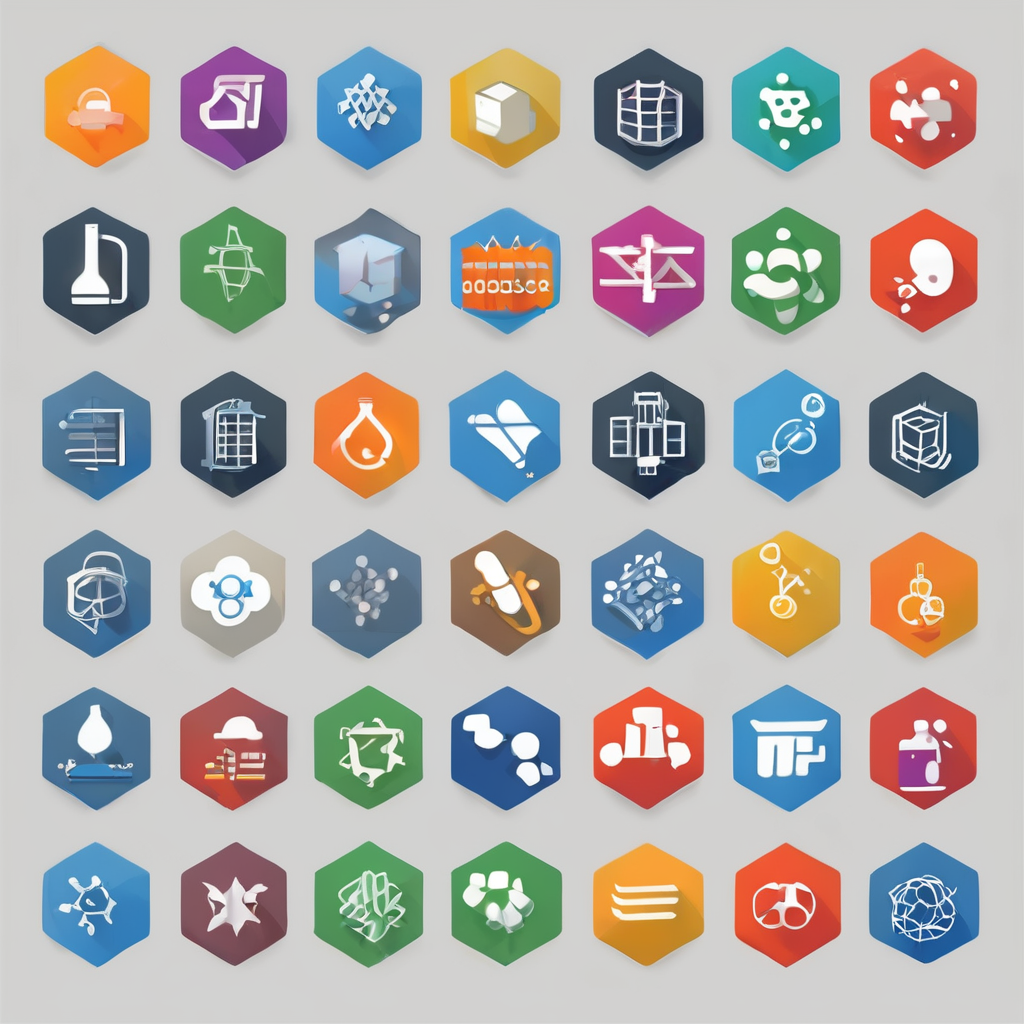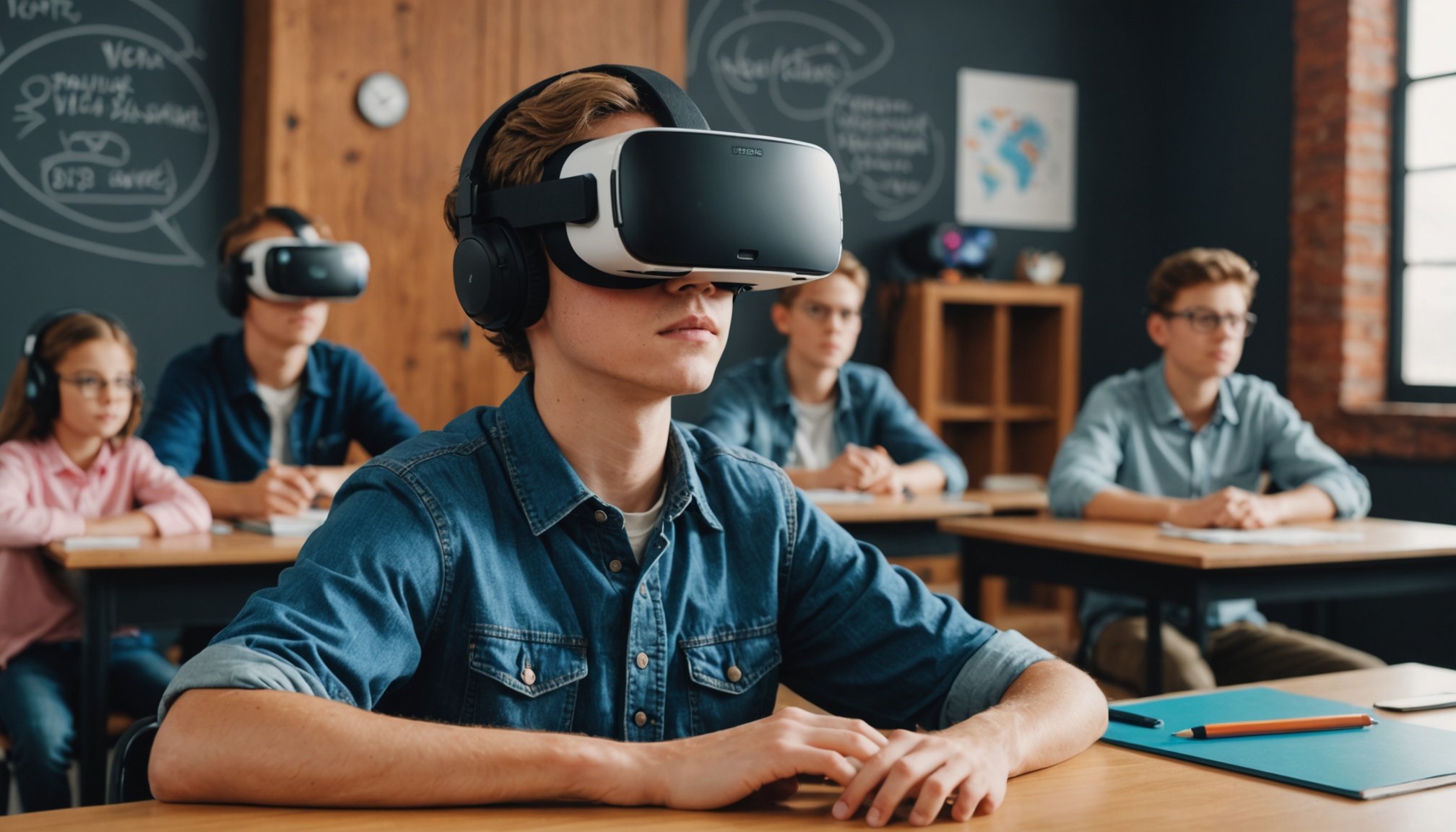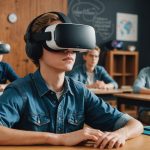Understanding Immersive VR in Education
Immersive Virtual Reality (VR) is rapidly transforming education by providing dynamic and interactive learning environments. It bridges the gap between theoretical knowledge and practical application through realistic simulations, allowing students to engage deeply with the content. In essence, immersive VR offers a three-dimensional environment that reacts to user actions, completely enveloping students in a digital realm without physical boundaries. This learning enhancement promotes active participation, which is often lacking in traditional educational settings.
Roles in Educational Transformation
The role of immersive VR in education extends beyond simple engagement; it redefines how subjects are taught, making learning more intuitive and memorable. For example, history lessons come alive when students can virtually walk through ancient civilizations or witness historic events firsthand. Science classes benefit from virtual labs, where students experiment without safety concerns or resource limitations.
This might interest you : Mastering Realistic Water Dynamics: Overcoming Challenges in Fishing Simulation Games
VR also caters to diverse learning styles, offering auditory, visual, and kinesthetic learners tailored educational experiences. These immersive environments allow for education transformation by fostering critical thinking and practical problem-solving skills. As schools incorporate VR technology, they potentially move toward a more personalized approach to education, adapting lessons to meet individual student needs and paving the way for a future where learning is not bound by traditional teaching methods.
Key Components of Immersive VR Learning Experiences
Immersive VR learning experiences rely heavily on Key Components to maximise their educational potential. At the heart of these experiences is Interactive Design, crucial for transforming passive learning into active engagement. By allowing students to interact with the virtual environment, VR introduces a level of interactivity previously unseen in traditional educational settings.
Also read : Revolutionizing Rhythm Games: AI-Generated Adaptive Music Scores for Unmatched Gaming Soundtracks
Interactive Experiences
In VR, user interaction is vital. It empowers learners to control their educational journey, making learning dynamic and engaging. For instance, students exploring a virtual laboratory can conduct experiments in a safe, simulated environment, promoting inquiry-based learning. Similarly, those immersively exploring historical events can interact with key artefacts, providing a deeper context to their studies. Techniques like role-playing and real-time feedback enhance these interactions, ensuring students remain invested in their learning process.
Accessibility of VR Technology
To make VR truly inclusive, diverse learning needs must be addressed. Thus, implementing strategies like adaptable VR content and cost-effective hardware solutions becomes critical. Schools face challenges in bridging the gap between accessibility and inclusivity, needing to ensure that VR is available to all students. While VR offers transformative potential, its integration requires overcoming these logistical barriers, making strategic investments, and providing the necessary training for educators.
Challenges and Limitations of Immersive VR in Education
Implementing Immersive VR in education is not without its challenges. One significant barrier to adoption is the technical and logistical difficulties schools face. Hardware costs remain a substantial concern, as VR setups can be expensive to procure and maintain. Additionally, schools must consider the technical infrastructure required to support such technologies, including high-speed internet and compatible devices.
Educators and students often confront a steep learning curve when integrating VR into their teaching and learning practices. Teachers need dedicated training to effectively utilise VR tools and create engaging lessons that complement the curriculum. Students, on the other hand, require guidance to navigate and maximise the educational potential of VR environments.
There are also concerns regarding VR’s effectiveness compared to traditional methods. While immersive VR boasts numerous advantages, it’s essential for educational stakeholders to critically assess its impact on learning outcomes. The novelty of VR might initially captivate, but without effective integration and measurable results, its adoption may face scepticism. Balancing these challenges while striving for successful implementation requires strategic planning, investment, and a commitment to bridging technological gaps.
Benefits of Immersive VR in Education
Immersive VR in education boasts a range of substantial benefits that redefine traditional learning pathways. Primarily, it remarkably improves student engagement, captivating learners through interactive and dynamic environments. This enhanced engagement is closely tied to better retention rates; students who participate in immersive experiences are more likely to retain information than those in conventional settings.
Moreover, VR stimulates the development of critical thinking and problem-solving skills. By simulating real-world scenarios, students confront diverse challenges, encouraging analytical thinking. For instance, in a virtual science lab, students must hypothesize and experiment, promoting a deeper understanding of complex concepts.
Another significant advantage is the potential for personalized learning experiences. VR can adapt to individual learning paces, offering tailored educational content. This flexibility is crucial for meeting diverse learner needs, supporting differentiated instruction that aligns with personal goals.
Incorporating immersive VR not only benefits students but also empowers educators by providing innovative teaching tools. These tools facilitate creative lesson designs, enabling educators to craft unique educational journeys that traditional methods cannot replicate. As such, VR’s benefits extend beyond engagement, offering transformative possibilities for both teaching and learning landscapes.
Future Trends in Immersive VR Education
Emerging trends in educational technology are set to reshape the landscape of VR in education. Technological innovations promise to enhance the immersive experience further, such as incorporating advanced haptic feedback and AI-driven adaptive learning content. These developments aim to create more lifelike simulations and personalised educational pathways. For example, AI can analyse a student’s progress and adjust the difficulty of virtual scenarios in real-time, fostering an environment that continually challenges and engages students.
Predictions indicate that VR will increasingly become integral to educational settings, moving beyond pilot programs to widespread adoption. This shift is likely to be supported by ongoing advancements in affordable VR technology, making it accessible to broader demographics over time. Cost reductions and breakthroughs in wireless VR headsets are expected to facilitate this transition.
The role of policymakers cannot be understated as they will be instrumental in advancing VR education initiatives. Their vision and support in terms of funding, curriculum development, and regulations will crucially determine the pace at which these immersive environments are integrated into mainstream education. Policymakers, educators, and technologists must collaborate to ensure VR transforms educational experiences effectively and inclusively.










